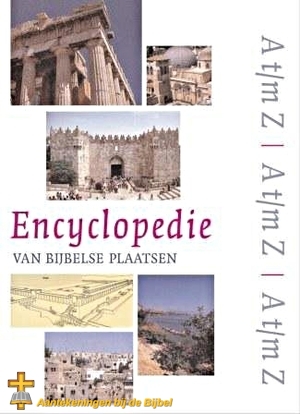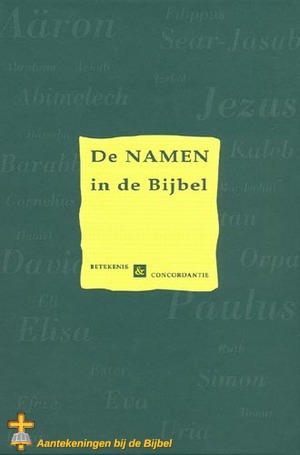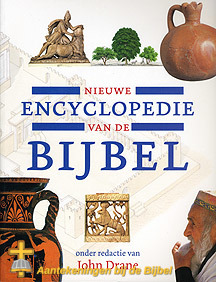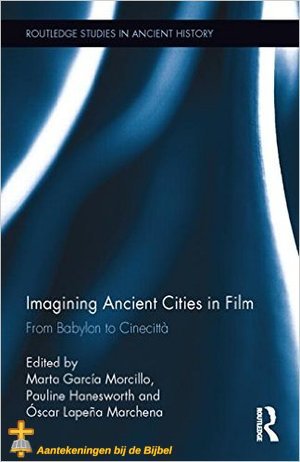
welke resulteren in allerlei aantekeningen.
Tadmor (Hebreeuws תַּדְמֹר H8412) een plaats in de Bijbel.
Tadmor wordt in de Bijbel 2x genoemd (1 Kon. 9:18; 2 Kron. 8:4) en zeer waarschijnlijk is het de oude stad Palmyra in Syrië.
Josephus
"When he had therefore built this city, and encompassed it with very strong walls, he gave it the name of Tadmor; and that is the name it is still called by at this day among the Syrians; but the Greeks name it Palmyra." (Josephus. Antiquities of the Jews. 8.6.153-154)
Assyrische Gegevens
"Tadmor...It is mentioned in the Assyrian records of Tiglath-pileser as tadmar sa mat amurri, "Tadmor of the Amurru country" (ANET, 275).
The city is mentioned as part of Solomon's building program immediately after the recounting of his conquest of Hammath-zobah in Syria. Therefore the identification of Tadmor as the city mentioned in the Assyrian records, later known as Palmyra, is clear." (ABD 6.307, Sidnie Ann White, "Tadmor," 1992)
Grieks-Romeinse Periode
When the Seleucids took control of Syria in 323 BC, the city was left to itself and it became independent. The city flourished as a caravan halt in the 1st century BC. In 41 BC, the Romans under Mark Antony tried to occupy Palmyra but failed as the Palmyrans escaped to the other side of the Euphrates. The Palmyrans had received intelligence of the Roman approach.
Palmyra was made part of the Roman province of Syria during the reign of Tiberius (14–37).
It steadily grew in importance as a trade route linking Persia, India, China, and the Roman empire. In 129, Hadrian visited the city and was so enthralled by it that he proclaimed it a free city and renamed it Palmyra Hadriana.
Aangemaakt 15 januari 2009
     |
![]() Zie de huisregels welk commentaar wordt opgenomen!
Zie de huisregels welk commentaar wordt opgenomen!